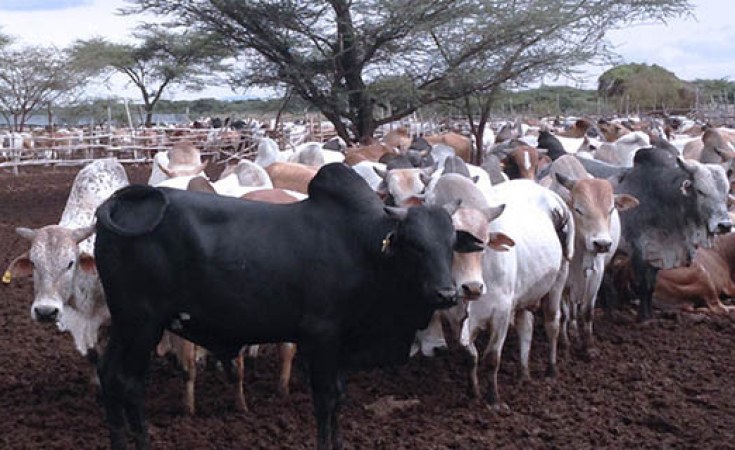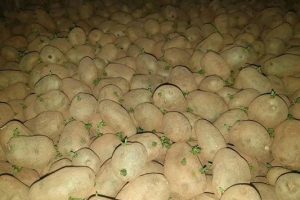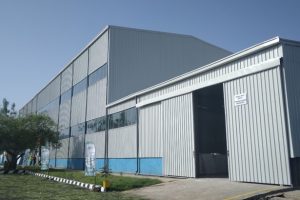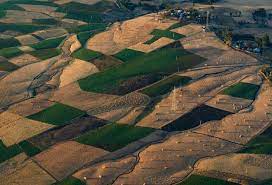
Ethiopia has the largest livestock population in Africa and has brought about change in sedentary agriculture in pastoral and semi pastoral areas of the nation. It has focused on schemes for supporting activities that will enhance production and productivity via transformational change in the livestock sector though some parts of the country are prone to recurrent drought. The country has the second largest population in Africa and this means that demand for livestock and livestock products is set to increase substantially in the years to come. If the country fails to meet this with an increase in production and productivity locally, households’ nutrition and food security will be severely challenged as animal sourced foods and the price of livestock products would soar.
A number of cattle, goats and sheep herders in some parts of Ethiopia such as some areas of Ormia and Somalia regional states have been experiencing severe problems following the loss of a number of livestock as a result of drought. Cognizant of the fact that scholars in the field do have ample knowledge about livestock than ordinary citizens, The Ethiopian Herald approached Seifu Abagaro, who graduated in Agro-economy from Haramaya University and also a veterinary doctor.
He said that the main concern of the country has to be adjusted to prevent the loss of properties ahead of droughts; especially as far as factors influencing farm income in livestock producing communities are concerned.
As to him, crop and livestock production are practiced and contribute substantially to the country’s economic growth, with 80 percent of the labour force. Livestock is the largest farming activity in some parts of Ethiopia in particular centring lowlands.
He said, “In developing countries like ours, livestock is evolving in response to rapidly increasing demand for livestock products. In the future, production will increasingly be affected by competition for natural resources, particularly land and water, competition between food and feed and by the need to operate in a carbon-constrained economy. Demand for livestock products in the future could be heavily moderated by socio-economic factors such as human health concerns and changing socio-cultural values.”
According to Seifu, in areas where integrated crop-livestock farming systems exist, crop production competes with grazing for land use. Hence, waste and unproductive pocket areas are allotted as communal grazing areas. Concentrations of livestock above a land’s carrying capacity automatically leads to overgrazing. Consequences of such actions include soil erosion and degradation and rangeland deterioration due to overstocking. These factors make rangelands prone to invasion by low-nutritive and less palatable inferior grass species bringing about animal feed resource scarcity and ecological disturbance.
“As livestock breeding in our country is run in a very traditional means, the country has long lagged behind to benefit much out of this precious natural asset. Surprisingly, traditional animal husbandry systems used in the past have continued as cultural practices today. They mainly target a subsistence type of living and contribute to the low productivity of ourindigenous breeds. Hence, there is a gap of knowledge by farmers to modern animal rearing techniques that can be rectified through training. Feed scarcity is also the basis of the low animal productivity observed and an underlying contributing factor in many other animal production problems. This culture has to be altered if the country is to bring about change with regard to the sector.”
As to Seifu, farmers under extremely severe drought periods can save the life of their animals by feeding chopped enset and various browse species. In relatively better conditions, feeds conserved as hay and straw were also potential drought escape mechanisms. Potential solutions for improving the productivity of the local genotype for high input management systems are available. However, maintenance of the native genetic resources, which are adapted to the local environment, should be given prior consideration.
He further stated that cattle, goats and sheep farmers should be trained on how to make reserves such as hay and silage so they can conserve surplus forage in rainy seasons. They should also be advised to plant fodder plants to reduce pressure on the natural veld, and also to introduce legumes into their pastures in order to produce forage throughout the year. They can also increase the land’s productivity by establishing fodder grass and fodder shrubs.
Since the information given about the determinant factors and opportunities of livestock production in particular where livestock are considerably important to the livelihood for growing population is minimal, the farming community is highly affected by drought.
Ethiopian cattle herd has to receive due attention by the government as there are challenges in relation to the recent drought in some parts f of the country. Rehabilitation and remedial schemes have to be designed to help those whose livestock resources have been severely damaged.
No doubt, he said, the role and contributions of agriculture comprising two faces: cattle breeding and crop production to Ethiopia’s economy is highly significant.
According to Seifu, livestock is an important and integral component of farming systems greatly contributing to agricultural and rural development in the country. In pastoral and semi pastoral populaces, livestock rearing is the main production activity and the source of most, if not all, economic outputs in those areas. Livestock also contributes a large proportion of the income of farmers with the small-landholdings.
He further stated that communities work in animal husbandry is significant and requires fodder gathering, collecting dung for fertilizer and fuel, cleaning stalls and milking in large animal systems. Keeping livestock is an important risk reduction strategy for vulnerable communities, and livestock are important providers of nutrients. Obviously, livestock is currently one of the fastest growing agricultural subsectors in Ethiopia. This growth is driven by the rapidly increasing demand for livestock products driven by population growth, urbanization and increasing incomes.
As to him, domestication and the use of conventional livestock breeding techniques have been largely responsible for the increases in yield of livestock products that have been observed so far. The mixed crop–livestock systems will continue to be critical to future food security in Ethiopia as there are a number of people’s livelihood depends on these systems.
Climate change may have substantial effects on the livestock sector in Ethiopia as witnessed so far particularly in some parts of Somali and Oromia sates. True, livestock production systems have been affected in various ways, he said.
He said, “Livestock’s contribution to livelihoods, particularly to those almost entirely depends of cattle breeding is worth mentioning. It generates income by providing both food and non-food products that the household can sell in formal or informal markets. Non-food products such as wool, hides and skins are important sources of income in some regional states of the country.”
Seifu further added that considering the importance of livestock systems for food security, and their potential to impact on poverty, livelihood, health and nutrition as well as the environment, the Ethiopian government has tried all its best to improve the sector, but not worked as required. He said, “Spread of extension services, educational level, and expansion of veterinary facilities, market information and availability of grazing land especially in drought prone areas have to be carried out to help correct weaknesses witnessed so far. For livestock production, availability of water, availability of market information, supply of improved breed, feed availability, credit services, and veterinary supply and mixed crop-livestock production system have to be well consolidated.”
Undeniably, he said livestock provide high-quality animal-source foods in conjunction with a myriad of associated economic and social benefits to concerned comminutes in particular and to other citizens of the country in general. Yes, livestock farming has great potential to alleviate household food insecurity and poverty in communal areas of some parts of Ethiopia, he added.
In sum, as livestock farming is an important component of the agricultural economy in most developing countries like Ethiopia, it needs to be well tapped for the benefit of many segments of the society. Needless to state, the sector has faced with many negative factors in Ethiopia like drought, shortage of foliage, as well as unorganized way of running business. Besides, drought is one the factors affecting livestock farming. Thus, a range of systems have to be devised by the government in collaboration with other development partners to help drought prone areas get recovered and push the country make a difference via reinvigorating the sector as it has been promising, but untapped.
Livestock assets have to be well nurtured and drought resistance schemes need to be devised
BY MENGESHA AMARE
The Ethiopian Herald 10 May 2022





